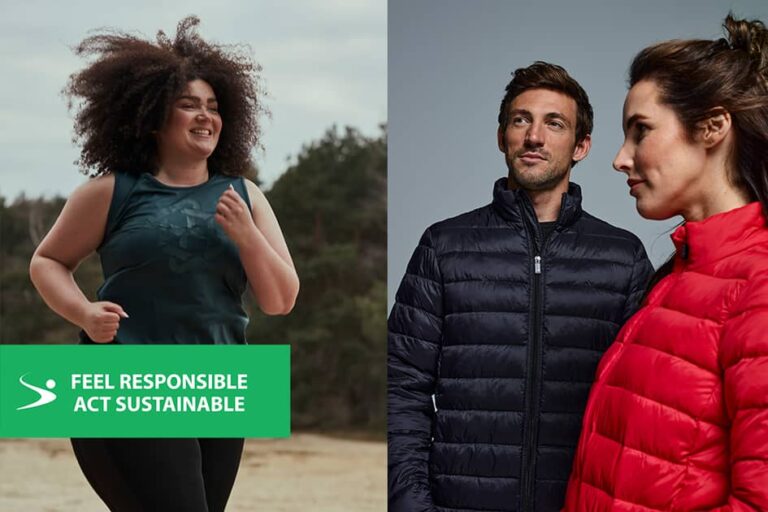The European fashion industry is on the eve of major changes. With the introduction of Extended Producer Responsibility (UPV), as established by the Dutch government for 2025, fashion companies will be held responsible for the entire life cycle of their products. This ambitious policy requires that 55% of all clothing placed on the market is circular or reusable, of which 30% must consist of reuse and 25% of circular materials. While the EPR presents significant challenges, it also offers unique opportunities for innovation and collaboration. What does the UPV mean for fashion companies?
The UPV places a great administrative and financial burden on fashion companies. From 2025, companies will have to pay a levy of 23 cents per kilo of imported or produced clothing. This requires a transparent system that keeps track of exactly what is produced, including the weight and composition of each garment. This is a major change for companies with complex production chains. In addition, the UPV sets strict requirements for the use of circular materials and the recycling of clothing. Companies that do not meet the set standards risk fines or other sanctions. Although enforcement is still developing, the legislation emphasizes that non-compliance is not without consequences.
FashionUnited spoke to Reg Nelemans, owner of FashionPower, about the opportunities and difficulties behind the UPV policy.
Circularity: obstacles and opportunities
The transition to a circular fashion industry is complicated by dependencies on materials such as cotton, which despite its natural origin and reputation as a sustainable material, is not circular, says Nelemans. The cotton production process requires enormous amounts of water and chemicals, making it a much less sustainable choice than often thought. Polyester, especially recycled polyester, on the other hand, offers strong benefits for circularity. It can be reused endlessly without loss of quality and also offers opportunities for innovations, such as the use of coffee grounds and color pigments in textile production, resulting in major environmental savings. As Nelemans explained in a previous interview: “Cotton has a great past, polyester has a great future.”
Yet the adoption of circular processes remains slow, he believes. Many companies are struggling with the transition due to higher investment costs and uncertainty about consumer behavior. In addition, the technical knowledge and sometimes the will to implement circular materials on a large scale are often lacking. “We know that we have to take big steps, but no one wants to be the first.”
A joint effort
The implementation of the UPV therefore requires cooperation between three core players: government, education and entrepreneurs. Governments must provide clear guidelines and support, while education can stimulate innovation and, above all, awareness. Entrepreneurs must proactively invest in alternatives and processes that meet the circular requirements, and “above all, they must continue to support and help each other to take that next step.”
Consumer awareness also plays a crucial role. Without a shift in consumer behavior, demand for cheap, unsustainable fashion will remain high, making circular initiatives difficult. This is a task for companies, education and government to better inform consumers about the impact of their choices.
The introduction of the UPV is a very important step towards a more sustainable fashion industry, but the road to circularity is long and full of challenges. Companies that invest now in circular materials and innovative processes can not only meet the requirements of the EPR, but also gain a competitive advantage in an increasingly aware market.
As Nelemans sees it: much more cooperation and a proactive willingness to take action are essential to realize the goals of 2025 and beyond. “We can do much better than what we were doing and with appropriate volume it also becomes affordable.”


